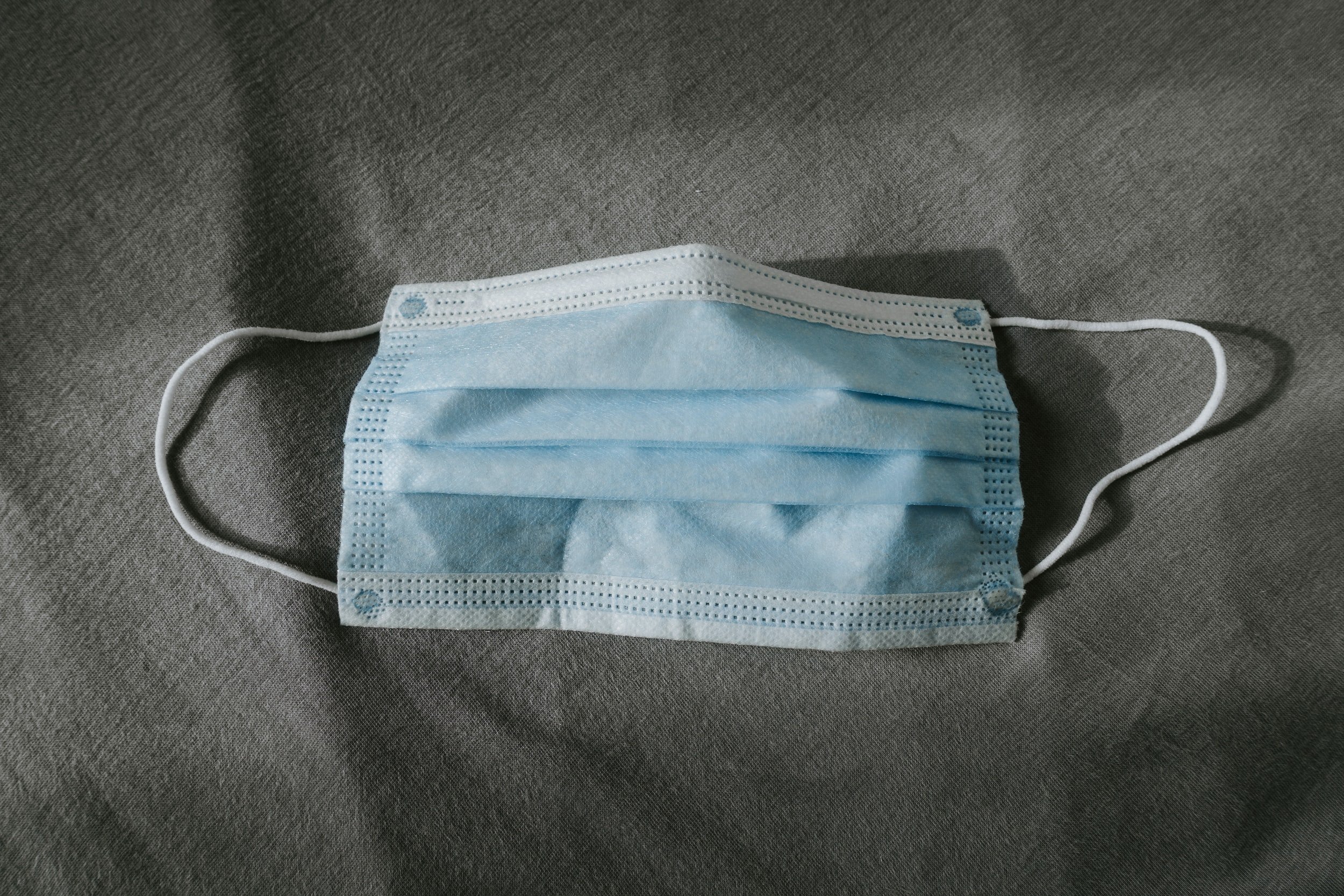Ignore the noise: Keep calm and mask on
Across much of the planet, the second wave of this pandemic is disrupting economies, stretching health systems and sowing grief, with no signs of abating. Successful vaccines are our first potent weapon in this fight, but reaching everyone will take months. For now, physical distancing and masks remain our only hope for flattening this curve.
The day before the first COVID-19 vaccine was approved, our last remaining holdout province – traditionally conservative Alberta – finally imposed a mask mandate. South of the border, 37 states have mandated face coverings in public. A U.S. “heat map” of mask uptake lines up conspicuously with the congressional map coloured in on election night – more mask use in “blue” districts along coasts and in cities, less mask use in middle America. Simplistically, this alignment between geopolitics and mask compliance has been thought to reflect the libertarian values and higher levels of distrust of science and authority on the right side of the political spectrum. However, human behaviour is much more complex and factors such as local laws and key opinion leaders (like Jason Kenney and Donald Trump), peer pressure and groupthink cannot be discounted. Much of that influence comes from the internet, particularly social media.
Viral memes and persuasive infographics, shared millions of times, explain that masks deprive users of oxygen, cause a build-up of carbon dioxide, weaken the immune system and even lead to death. This has prompted satirical counter-memes featuring masked surgeons dropping dead during hours-long surgeries. Derision has also come from those in Asian nations, who routinely masked long before this pandemic, and even from North Americans – now nine-month veterans of mask use.
But what does science tell us about the effects of masks on the human body? First, let’s acknowledge that for masks to be effective, they must block particles, creating a resistance to breathing, both in and out. The good news is that this small resistance, whether through a cloth covering or a surgical mask, has been shown to not affect our ability to breathe effectively, even when performing vigorous exercise. In one study, masks did not affect breath rate, breath volume or carbon dioxide elimination even after an hour of brisk walking. In fact, the argument that masks cause carbon dioxide accumulation would only be plausible if exhaled carbon dioxide became trapped in a mask “reservoir” and re-inhaled with the next breath. Cloth and surgical masks sit directly on our faces, with minimal space for such a reservoir. Even N95 masks, with their sizable cup-shaped reservoir, caused only a 7.5 per cent rise in carbon dioxide levels after an hour-long brisk walk.
The paradox is that in the very studies that show no significant physiological impact from masks, participants consistently report discomfort and shortness of breath while wearing a mask. Rather than a true impairment in lung function, this very real sensation is thought to be related to the heat and moisture trapped against the skin by the mask, triggering a perceptual response analogous to that of claustrophobia.
What about people with lung disease? Those with common conditions like asthma and COPD (emphysema) already experience shortness of breath from breathing through narrowed air passages. Although these patients are likely to experience more shortness of breath with masks, small studies suggest that even in cases of severe lung impairment, surgical masks do not significantly impact carbon dioxide levels while at rest or during brief walks. And although both asthma and COPD tend to periodically flare up, the Canadian Thoracic Society notes that there is no evidence that masks could trigger these flare-ups. At the same time, those with lung conditions are among the most susceptible to effects of the virus and thus most in need of the protection afforded by masks.
So yes, masks can be sweaty and uncomfortable and they can make you feel like it’s hard to breathe. But no, they don’t impact your lung function or your general health. Except that they protect you (and strangers around you) from the most deadly virus in over a century. And if you think a mask is unpleasant, ask an ICU survivor what it feels like to have COVID-19.
Vaccination is around the corner but until then, let’s remember that it’s not the mask we must survive – it’s the virus.
Wriiten for HealthyDebate by Dr. Samir Gupta.

